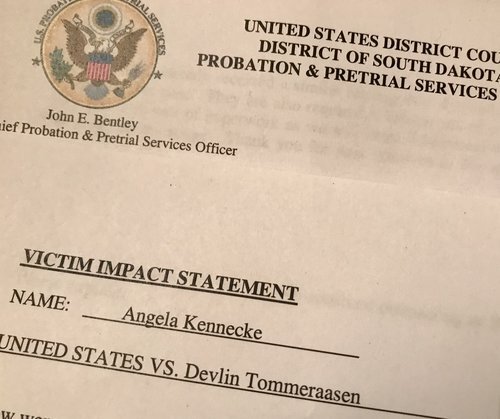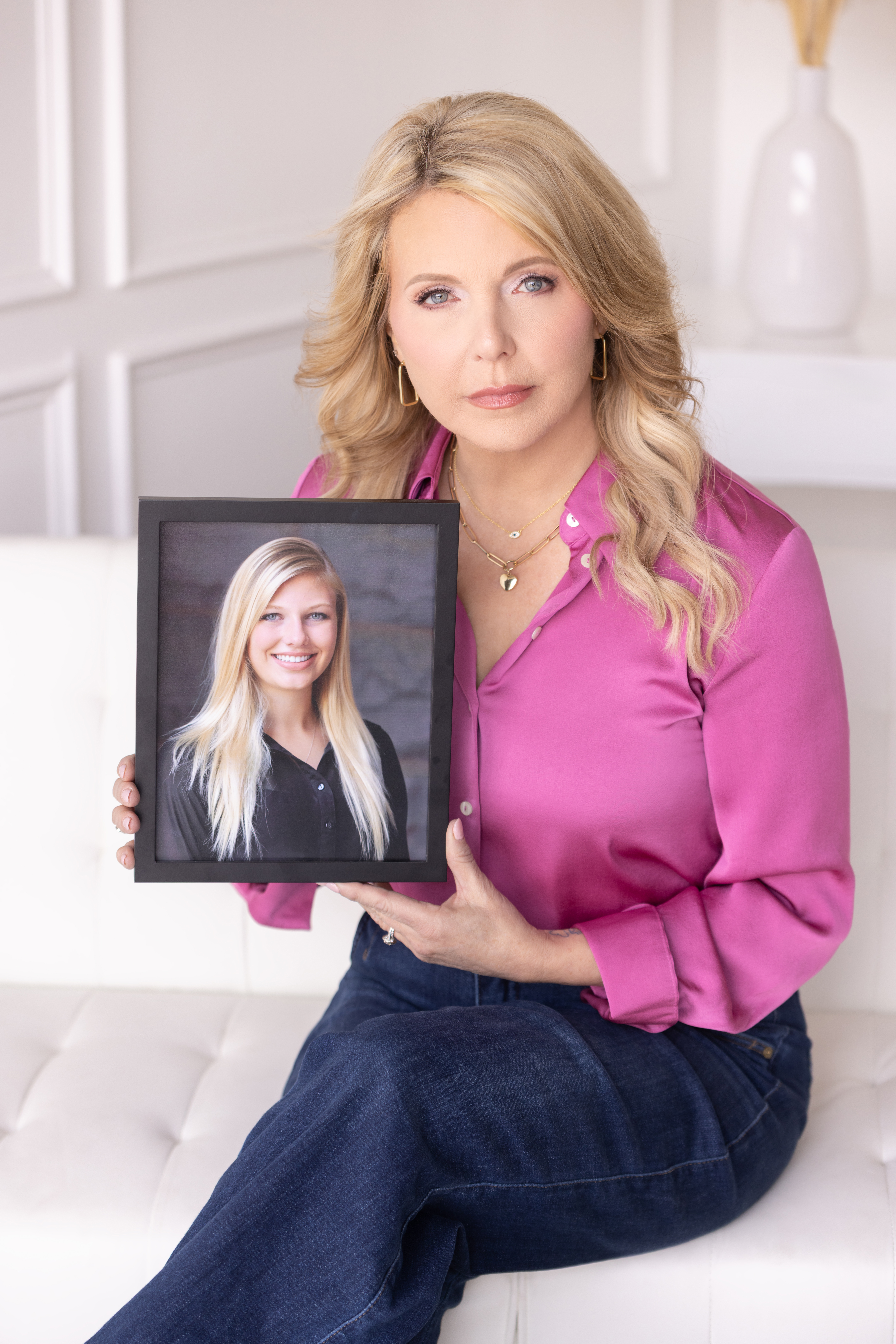My family traveled out-of-state to Colorado to ski for the holidays this year. I thought after having Christmas at home for all of Emily’s 20 Christmases, it would make things easier if we all had a change of scenery. Perhaps it did. It wasn’t like any other Christmas we had ever had together. Thankfully there were moments sprinkled with love and joy. However, I still missed my oldest child terribly. My heart ached as I thought about her enthusiasm for snowboarding, while I skied down the slopes. On Christmas Eve we attended a church in the mountain town we were visiting. When the story of Jesus’ birth was read, I couldn’t stop thinking of all the times Emily had read that very story out loud on our Christmas Eves at home. For a moment I felt hot and then dizzy. I had to sit down through the rest of the church service. Instead of feeling renewed, as Christians are supposed to on this important holiday, I felt empty and in despair.
You can run from your troubles. But they always catch up with you. In the middle of our vacation, I got a call from a U.S. Federal Court officer who will write up the pre-sentencing report for the man who sold Emily the fatal dose of fentanyl. He informed me that there were texts between Emily and her friends indicating that Emily wanted to quit using heroin; that she longed for a different lifestyle. My fragile heart broke yet again at that news. My mind raced–maybe our intervention would have been successful. Emily’s story didn’t have to end the way it did. But reality came back to slap me cold and hard in the face. Nothing can reverse the finality of death.
The court officer asked me if I would be willing to write a “Victim Impact Statement.” I agreed I would do so. But the more I thought about it, I questioned how I could adequately write the true impact of Emily’s death on our family. The loss is so deep, so permanent and so heartbreaking, words simply aren’t enough. And then there is that term, “victim.” I have been through plenty of hardships in my life and have never considered myself a victim of anyone or any circumstance. In fact, I loathe the word victim.

In truth, there are many so-called victims in this tragic story of Emily’s death. Of course, Emily herself is a victim; a victim of addiction and unknowingly using a drug laced with fentanyl. But the man who sold it to her, Devlin Tommeraasen is also just as much of a victim of this horrible disease. On the day Emily died, Devlin was found unconscious in a grocery store. He lived because he was in a public place where he overdosed and was administered Narcan. Emily died because she was alone in her apartment bedroom when she shot up with what she thought was heroin.
A few days ago, I covered the sentencing of one of Emily’s friends who plead guilty to supplying yet another victim with heroin laced with fentanyl. In that man’s case, he was administered NARCAN® and lived. 21-year-old Shania Hofer got the minimum mandatory sentence of 20 years in federal prison. Shania spoke of how horrible heroin addiction is–how she had done things she never imagined possible while addicted to his powerful opioid. Why did the first college graduate in her family start using in the first place? Why did Emily start using? Why did Devlin?
I know in Emily’s and Shania’s case their addiction started as young as 14-years-old. Both were heavily influenced by their peers. Both started with marijuana and some alcohol. Why did these two young women progress to pills and finally heroin, while many of their peers did not? Those are questions that may never have an answer. Judge Karen Schreier told Shania and her family in court that in every drug case which has come before her, the defendant had begun using marijuana at a young age. I spoke with Shania’s mother after her sentencing. I can certainly empathize with the struggle she has been through with her daughter. I told her, “At least your daughter is alive. She still has a chance.” I truly hope Shania is able to survive prison, get treatment and stay sober. But both Shania’s mother and I realize it is a long uncertain road. Addiction is a chronic, life-long disease.

It could have been Emily in that courtroom in the defendant’s seat, instead of Shania. All of these users supply one another. Devlin, Emily, Shania—they are practically interchangeable in their tragic stories. They all share the same powerful opioid addiction. All have overdosed, but only one died. Of course there are people much higher up in the food chain of drug dealing than Devlin and Shania. Carrod Phillips, of Chicago, who allegedly supplied the drugs to Devlin, who in turn sold them to Emily, is still awaiting trial. He took over the Chicago to Sioux Falls drug route for another guy who is also facing federal drug charges. When I asked prosecutors where the the fentanyl-laced drugs actually originated from, the answer was that they don’t really know.
I don’t believe that prison is the place for addicted dealers like Devlin and Shania. In an ideal world, we’d have treatment centers instead of prisons. But for now, I must deal in reality and write that Victim Impact Statement. I will do my best to tell the court how Devlin’s actions of selling Emily fentanyl-laced heroin impacted our family. But there is no prison sentence for Devlin that will bring Emily back. There is no satisfaction in having a heroin addict go to prison. All I can see for miles and miles are the ravages of the opioid epidemic and the deep scars it is leaving on all survivors.
Faith, Hope & Courage,
Angela


